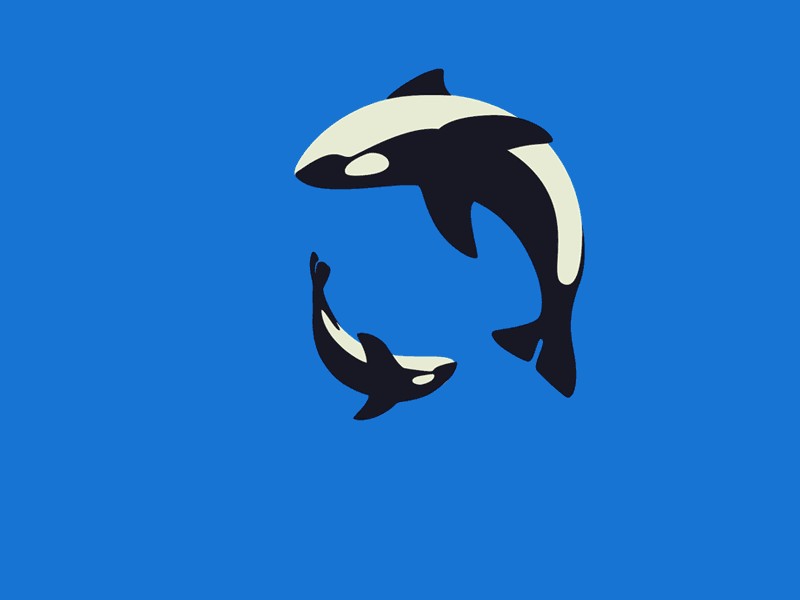Availability & Seasonality
Onaga is Hawaii’s second most important bottomfish in terms of total landed weight and value. Although onaga is harvested mainly during the fall and winter months (October-March), its availability peaks during the month of December when demand (and prices) for red-colored snappers among Hawaii’s Japanese population is at its peak. Commercial landing of onaga have increased markedly during the 1980’s, due to escalating prices and fishing pressure. Until recently, onaga were caught mostly at depths between 100 and 120 fathoms. Commercial fishermen are now fishing at greater depths (150 fathoms) to exploit previously underutilized stocks. Although onaga is harvested off the Northwestern Hawaiian Islands as well as off the main Hawaiian islands, the shorter shelf life of this species compared to opakapaka limits the range of onaga fishing for the fresh market. Hawaii's second most abundant bottom fish in terms of total catch and value.
Product Forms & Yields
All of the onaga catch is landed as whole, iced fish. Onaga is filleted to supply a growing demand for Hawaii-caught snappers in up-scale restaurants. The average yield of fillet from a whole fish is about 45% (see Table 5). However, restaurant buyers often request whole fish for display and to prolong the shelf life of their onaga purchases.
Shelf Life & Quality Control
Onaga does not keep as long as opakapaka, but if well handled, it has a shelf life of about 10 days. Onaga caught off the main Hawaiian Islands are Onaga (Ruby Snapper) marketed within a few days, whereas the fish taken in Northwestern Hawaiian Islands in some cases may not reach the market for 7-8 days.

